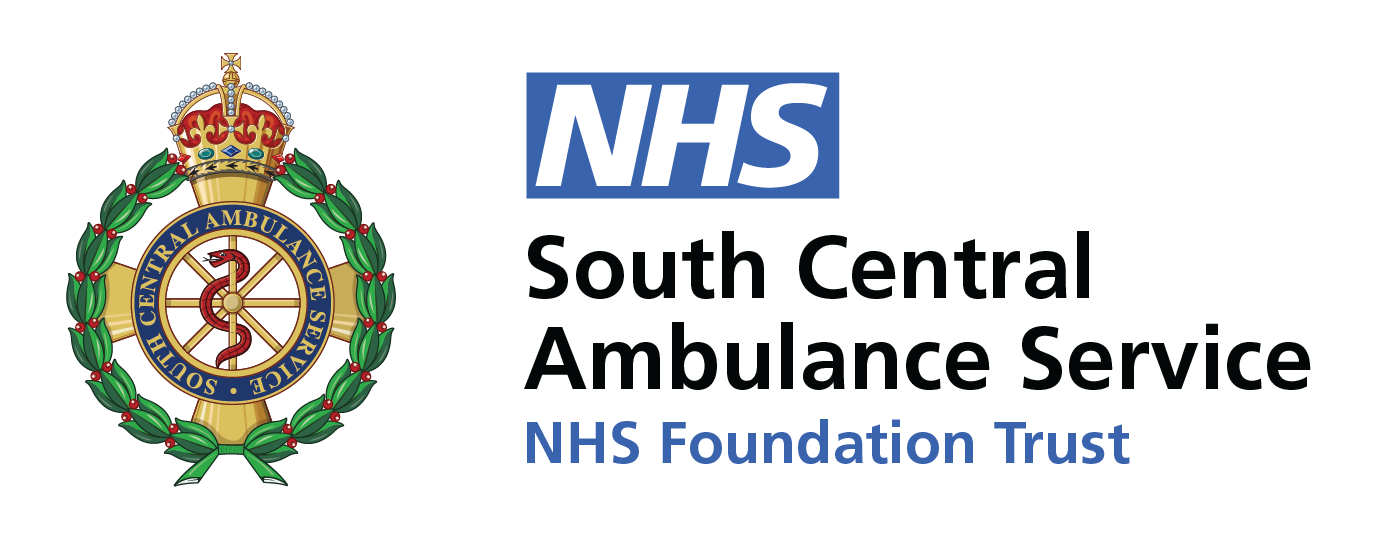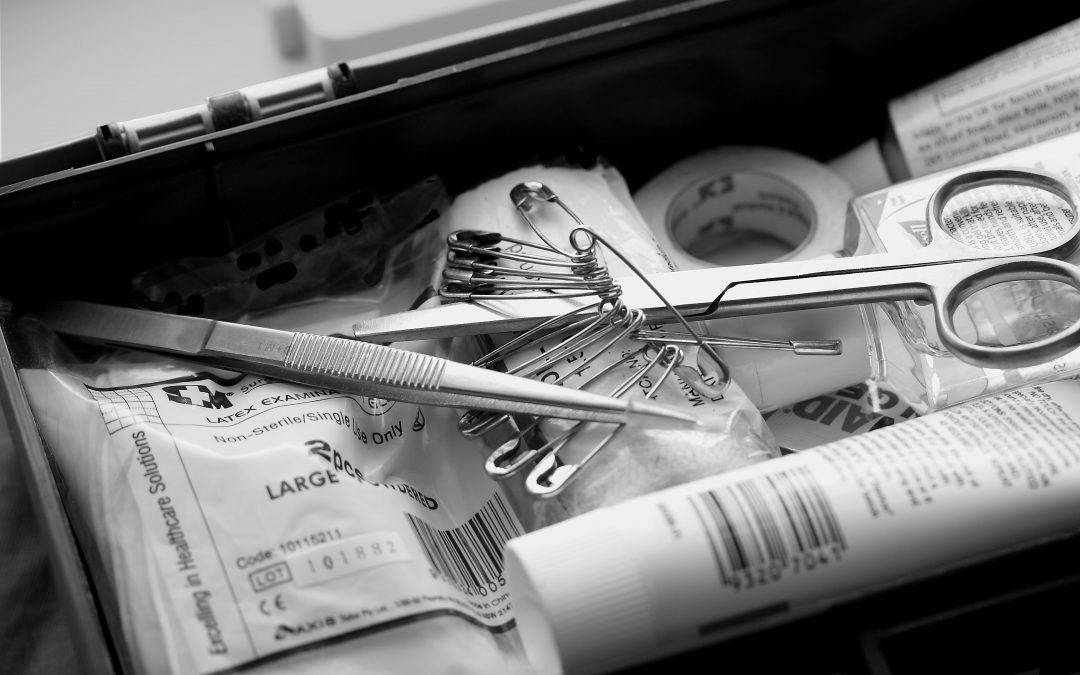We all get into accidents at home or suffer from autumn and winter ailments such as coughs and colds. Most of the time, we can care and patch ourselves up with the help of a first aid kit. But would you know what there should be in it?
It’s important your medicine cabinet is well-stocked to deal with minor accidents and injuries at home, and medicines are safely stored according to their labels and are within their use-by dates. Many people also keep a small first aid kit in their car for emergencies – it is recommended that you keep one in your vehicle if you are a driver.
A basic first aid kit should contain these items:
- Plasters, in a variety of different sizes and shapes
- Small, medium and large sterile gauze dressings
- At least two sterile eye dressings
- Triangular bandages
- Crêpe rolled bandages
- Safety pins
- Disposable sterile gloves
- Tweezers
- Scissors
- Alcohol-free cleansing wipes
- Sticky tape
- Thermometer, preferably digital
- Skin rash cream such as hydrocortisone or calendula
- Cream or spray to relieve insect bites and stings
- Antiseptic cream
- Painkillers such as paracetamol (or infant paracetamol for children), aspirin (not to be given to children under 16), or ibuprofen
- Cough medicine
- Decongestant tablets or nasal spray
- Antihistamine tablets
- Distilled water, for cleaning wounds and as an eye bath.
Don’t forget to keep your medicine cabinet out of the reach of children. Medicines should be kept in their original packaging with their advice leaflets. Please check expiry dates regularly.
There are times when your home first Aid kit simply won’t suffice. It’s important to remember that there are a variety of options available to you, depending on the extent of your pain.

